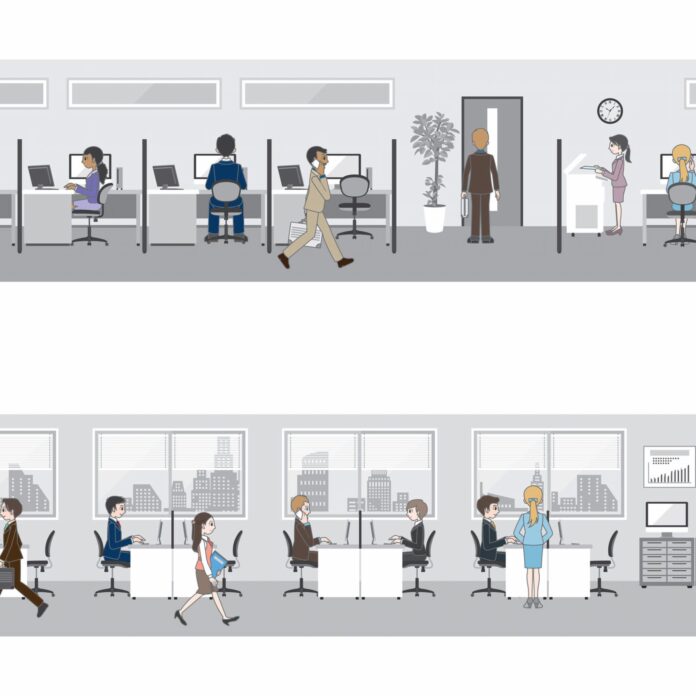Equipment vendors often see the market for in-building wireless solutions through the lens of their own product offerings, but the “boots on the ground” who deploy systems may have a more holistic view of what works for enterprise customers. These installers and integrators are often small, regional firms, but many of them have one thing in common. They are probably using a standard software package to design networks and source components. The companies that make this software are in a position to spot in-building trends, and one trend for 2016 is clear.
“Based on evolving wireless trends, we observed a need for a standalone Wi-Fi solution that would immediately increase productivity and collaboration as well as be ready for future heterogeneous wireless networks in a building,” said Scott Pereira, director of global product partnerships at IBwave. IBwave, now an independent unit of Corning, is a Canadian company that develops project management software. IBwave has become a de facto standard for in-building network design, documentation and certification. In addition, the company maintains a vendor-agnostic database of network components.
IBwave’s stand-alone Wi-Fi solution is a cloud-connected mobile application used to survey, design and validate Wi-Fi networks. The company sees Wi-Fi as a complement for cellular solutions like distributed antenna systems, small cells and repeaters, and has included Wi-Fi components from major manufacturers like Cisco, Ruckus, Xirrus and Hewlett-Packard’s Aruba in its latest product suite.
“Wi-Fi, DAS and small cell technologies continue to evolve and we’re starting to see increasing convergence towards heterogeneous networks in order to maximize end-user experience,” said Benoit Fleury, IBwave’s VP of product line management. “We’re seeing enterprises requiring a mix of technologies depending on size of venues and other needs. Enterprises can start with one technology such as Wi-Fi, and can later easily add a cellular component to their network without redesigning from scratch.”
Wi-Fi is also a big part of the latest solution from IBwave competitor Ranplan. The British company’s IBuildNet 3.0 includes enhanced Wi-Fi planning capabilities, as well as support for MU-MIMO and CoMP, both part of LTE-Advanced. The company says its software allows users to perform cross-system design and simulation and to model handovers between LTE and Wi-Fi.
For enterprises, a combination of cellular and Wi-Fi may be ideal, but carriers may not always be willing to bring their signals to buildings in which much of the wireless data use is occurring on Wi-Fi. Neutral-host providers build and operate both cellular and Wi-Fi systems, and they have seen carriers avoid buildings already well-served by Wi-Fi.
“If Wi-Fi is being used as an offload solution and the carriers know that, then they won’t necessarily go after those situations,” said Mike Alt, VP of RF network design at ExteNet Systems.
When carriers do invest in-building, they are increasingly likely to specify systems that support the 5 GHz band, but not necessarily for Wi-Fi. Instead they are looking at LTE in unlicensed spectrum, license assisted access and LTE Wi-Fi link aggregation. Alt sees LTE Wi-Fi link aggregation as a technology that will make Wi-Fi more complementary to cellular.
“Now all of a sudden, a Wi-Fi system is ultimately complementary to an LTE, and it’s actually multichannel broadcasting and you have signals coming from both,” Alt said. “The unlicensed component of it is really going to be a carrier’s opportunity to expand service for an existing paying customer without buying spectrum and using the same equipment that they’re already using today.”
Follow me on Twitter.

